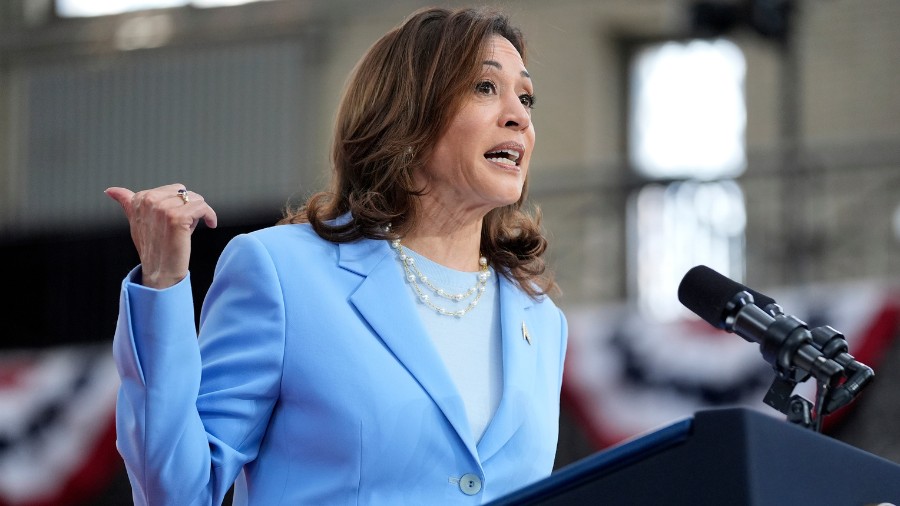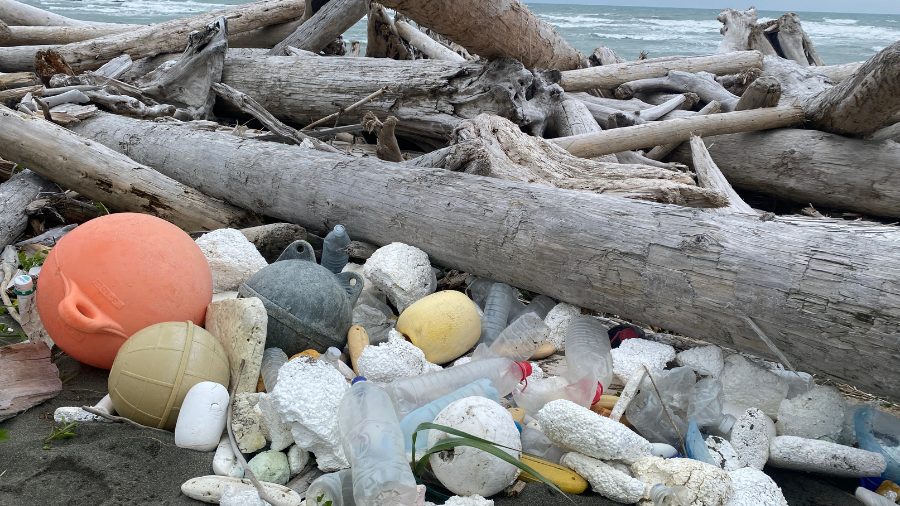Political promise, personal vehicles spelled doom for Seattle’s ‘jitneys’
Dec 16, 2015, 10:56 AM | Updated: 11:54 am

Jitney buses made transportation cheaper and easier for people in Seattle to get from one place to another, and it was incredibly simple. They were mostly second-hand passenger cars that had been converted to small buses. (AP)
(AP)
It was a transportation craze that made it cheaper and easier for people in Seattle to get from one place to another, and it was incredibly simple.
Privately owned vehicles picked up passengers and dropped them off anywhere they needed to go. The fare was half the cost of public transit, and just a fraction of the cost of a taxicab.
A City of Seattle official working to regulate this form of transportation by setting rates, routes and policies, explained what the drivers wanted.
“What they want to do is to run anywhere that suits their convenience without restriction,” he said.
Uber? Nope. Lyft? Wrong again. This was the jitney, circa 1915.
Related: Seattle Mayor opposes ride-share union law after it is passed
In 1914, jitney buses (or “jitneys” for short) took the West Coast by storm. Historians believe that Los Angeles was first, but by 1915 every big city from San Diego to Everett had jitneys carrying passengers back and forth across town for a nickel.
In December 1914, The Seattle Times summed it up in a headline: “Jitney Bus has hit town just like epidemic: Care-free and unconventional, nickel-a-ride cars begin to swarm streets like hungry English sparrows.”
The origins of the word “jitney” are unclear, but it’s likely that “jitney” came to mean a nickel or five cents during the 19th century. The fare to ride a jitney was five cents, and so the nickname stuck for the hodgepodge of vehicles.
And critics complained that this hodgepodge of unregulated jitneys were unsafe, because many of the vehicles were second-hand passenger cars that had been converted to small buses. Jitney drivers were also known to pack their vehicles beyond their capacity, with passengers standing in the aisles, and sometimes on the running boards and fenders.
A popular song written in 1915 by Byron Gay and Charley Brown was called “Gasoline Gus and His Jitney Bus”:
He packed them on the fenders and he packed ’em on the hood,
He packed ’em by the dozen and another dozen stood,
From out the heap there came a cry, ‘Hey take that suitcase out of my eye’
Gus, Gus, Gasoline Gus . . . Gasoline Gus and his Jitney Bus!
Mass transit operators saw jitneys as a threat to their revenue model. The jitneys often purposely drove along streetcar routes just ahead of the streetcars, scooping up passengers at streetcar stops. Jitney riders were happy to pay half-price and likely get dropped off closer to their final destination. Streetcar operators resented the competition.
An early attempt to regulate the jitneys came from the State of Washington in December 1915, when the Insurance Commissioner announced strict bonding requirements for liability coverage. The Seattle Times gleefully predicted extinction:
“[T]he bona fide Jitneybus Americanus, representing generally a $300 investment in a second-hand car, by next September at the latest, will have joined the ichthyosaurus, the mammoth and the bull moose in permanent and effectual retirement.”
But the jitneys were popular in Seattle, and they met a growing demand for transportation. The city was filling up with new people in the first two decades of the 20th century; the population expanded from 80,000 in 1900 to nearly 240,000 in 1910, and to 315,000 by 1920. This was also a period of major industrialization and urbanization, as the old 19th century Seattle of wooden sidewalks and muddy, sawdust-filled streets began to disappear and the modern city, filled with modern workers, began to emerge.
Much of the growth came as local industry, particularly shipyards, boomed during World War I. Tens of thousands of workers were added to local payrolls, and most needed low-cost transportation to and from work.
These were also rough and tumble times in the Northwest. With all that industrial growth, labor unrest was common in Seattle, with frequent strikes and violent confrontations between strikers, replacement workers and law enforcement. The streets were a brick and stone-paved chaotic jumble of trucks, streetcars, streetcar tracks and pedestrians—with a few horse-drawn buggies thrown in for good measure.
Jitney drivers, racing to claim passengers, added another layer of chaos to the streets, but they also created self-employment opportunities not unlike the current Uber craze. Unlike the Uber model, however, jitney drivers weren’t dispatched or coordinated in any way and didn’t share revenue. Jitneys were completely independent, and simply drove along and picked up and dropped off riders.
In 1917 when the United States entered World War I, most of Seattle’s streetcar operations were still privately owned by an East Coast holding company called Stone & Webster. Stone & Webster got a judge to issue a blanket prohibition of jitneys in early July that year, but a streetcar operator strike a week later meant the jitneys were allowed to keep running. The strike ended in August, and the blanket prohibition was modified, allowing jitneys to still operate, but only as long as they picked up passengers on streets without streetcars tracks.
The jitney operators fought back with a lawsuit. They had formed an organization called the Auto Drivers’ Union Local 234 in 1915 or 1916 to fight the city’s initial efforts to require permits to operate. In June 1920, a judge rejected the lawsuit and upheld the city regulations. By this time, a huge shift had occurred in the local transit landscape: the City of Seattle purchased the streetcar system from Stone & Webster. Pundits pointed out the potential conflict of interest: the city, as owner of the streetcar system, could also make it harder for a competing form of transportation to operate by serving as the regulator of the jitneys.
In the wake of the court’s decision to uphold city regulations, the Auto Drivers’ Union Local 234 during the summer of 1920 drafted an initiative to completely rework jitney regulations in Seattle. The city council placed it on the ballot for the general election of November 1920.
The measure proposed a new set of regulations for jitneys, with permits and insurance, but without the city playing a role in setting routes, rates and timetables. The measure failed. After the election, the city ultimately adopted a blanket prohibition in 1921 that effectively put jitneys out of business forever.
But other factors can perhaps also be blamed for dooming the jitney. The period after World War I saw Seattle (and many American cities, particularly in the West where population density was low) beginning a long love affair with the car. Cars were more and more affordable for the city’s growing middle class, and Seattle had plenty of room for suburban-style growth within the city and in new communities nearby that required a car for transportation or that made cars more attractive. It’s a love affair many of us still can’t shake.
It was a political promise that may have doomed the jitneys more than anything else. When Edwin “Doc” Brown ran for Mayor of Seattle in 1922, he campaigned on a single issue: rolling back streetcar fares from a dime to a nickel. He won, and the nickel fare came back on March 1, 1923 — regardless of the need for that dime fare to cover the costs of operating and maintaining the now publicly-owned streetcar system.
After the fare price was cut, the streetcar system began a two-decade decline toward its ultimate total scrapping in 1940. If the jitney was to blame, it wasn’t the jitney bus. It was the other kind of jitney – the nickel that disappeared from the fare box thanks to Doc Brown.













